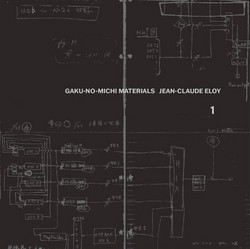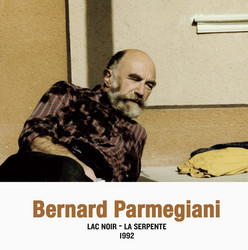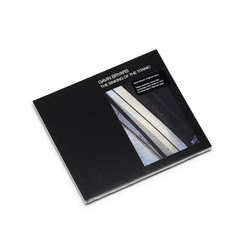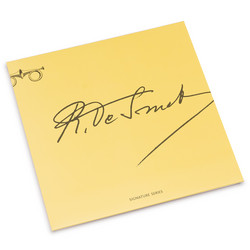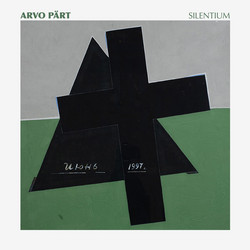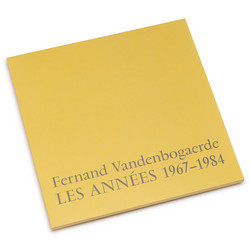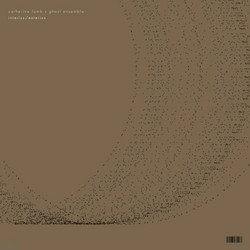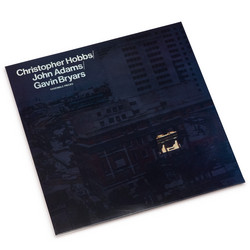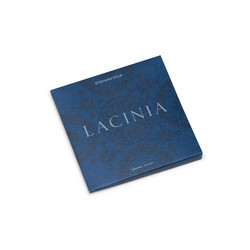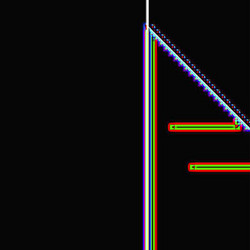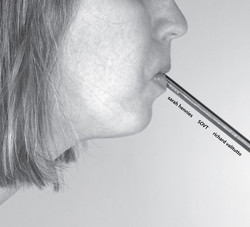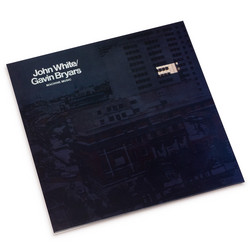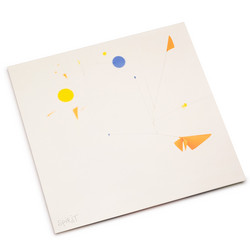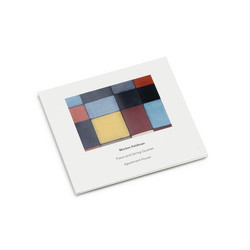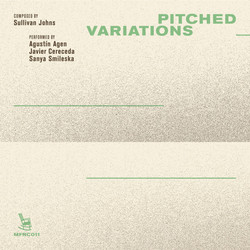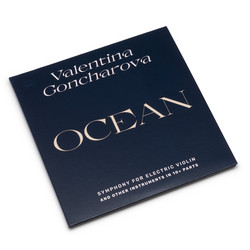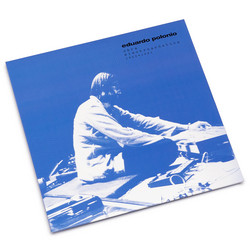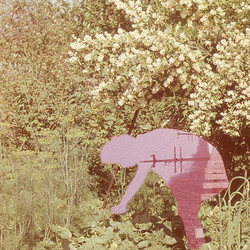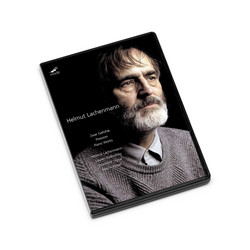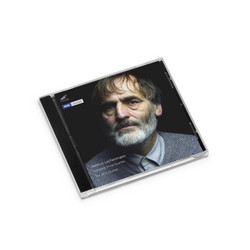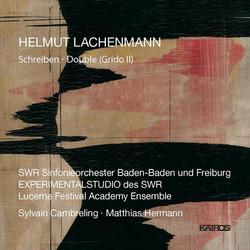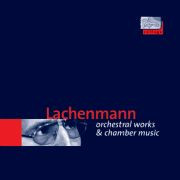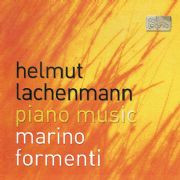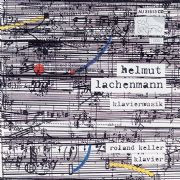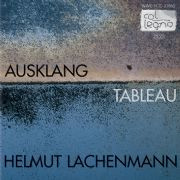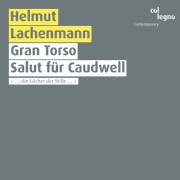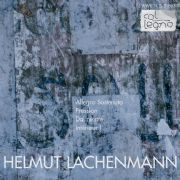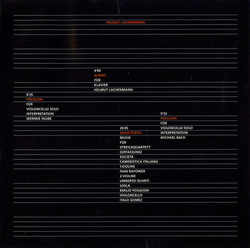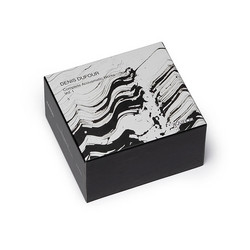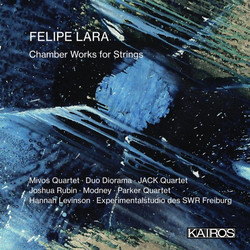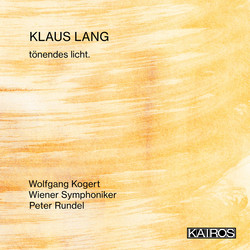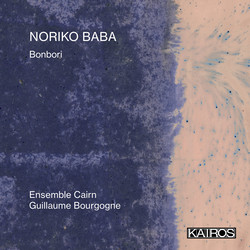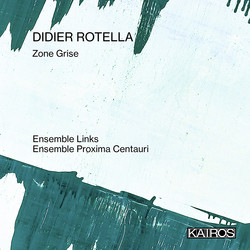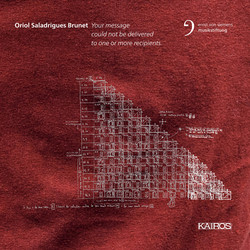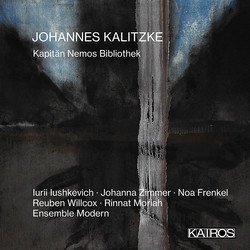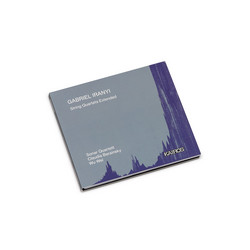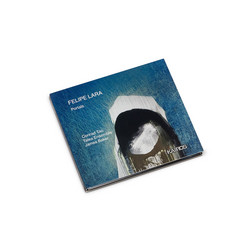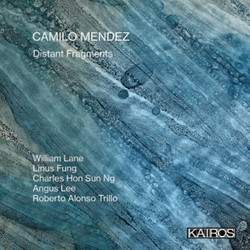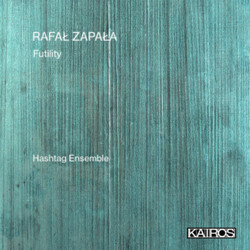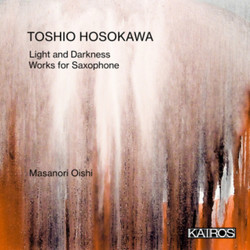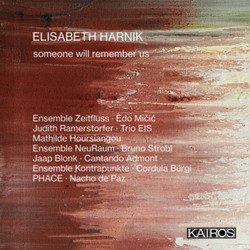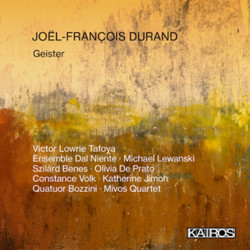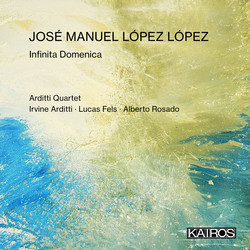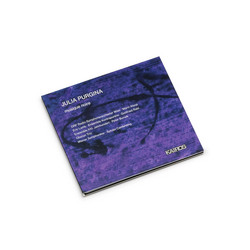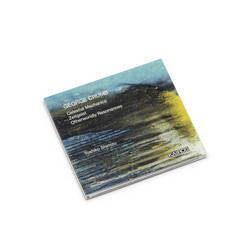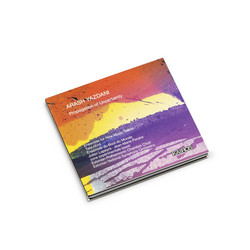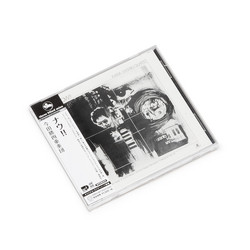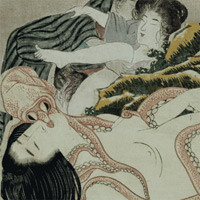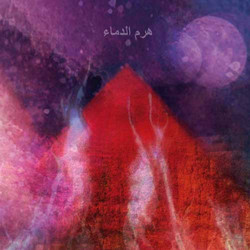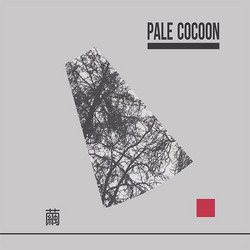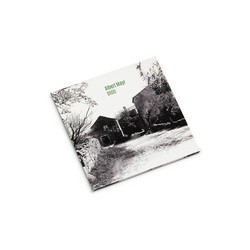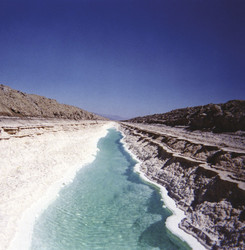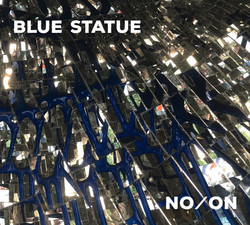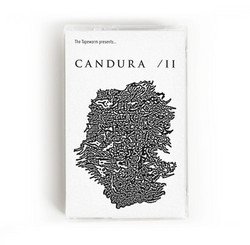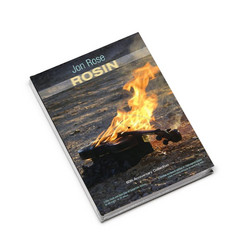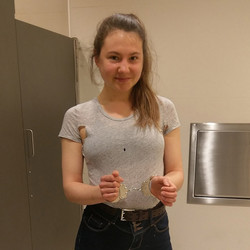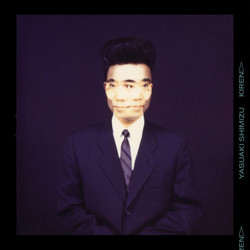Lachenmann seems to continue nurturing the modernist aesthetic,perhaps that it had passed/eclipsed the German experience, something Habermas has said, and that we do live in an age of new opacity, or complaisance (Undurchsichtlichkeit). It is fascinating still to contemplate the state of music Now,(Nun) from this fragile state,a broken timbre "zerbrechlichen klang", one where the creator/composer needs to begin again and renew timbre for the future,find new contexts for works or simply the immediate present. The liner notes here provides some insight into Lachenmann's sensibility as one of "unbrokened composition", "free arrangement", within that context to be free that we have lost our ability to hear within an administered world. Something Nono called "tragedia d'ascolto"as subtitled to his endwork "Prometeo".
"Nun" or (Now) engages the listener strongly we become attached,it is hardcore-like timbres and shapes to decipher and draws conceptually from an excerpt of philosopher Kitaro Nishida "Experiencing is recognizing the actual as such:. . . "Pure" describes the state of a real exeperience as such. . . " To return to "real" experience of composing again without the tyranny of the market as a requirement. "Nun" has an incredible pallette of timbre,virtually all extended timbres, as if there is nothing remaining.The dual prominent roles of the flute and trombone do not seem to direct as in a typical chamber setting, so much as simply partake in modest dialogue. The trombone has no relevance until well 12 minutes into the work. The lower register is also used to great effect,snarling in the overbearing bass trombone regions with string tremoli harmonics above it. There is present, the onward rush of multivariated, varigated, irrigated string textures fast quicksilver which seem to dominate,mixed with sharp wistful flute harmonic(airated) glissandi with ample searchings within the string vocabulary to "mimic" or "mirror" such timbres. These moments often stop or simply decay into silences, or become barely perceptible sustained sounds, that can be silent moments. Nono thought of "new silences", as cognitive para-memory-like fields(memory-mirrors) that contain the moments just heard. Lachenmann is not quite as extreme. His music still flows within a predictable-like time continuum, incredibly impacted,convoluted, yet it always has a sense of classical proportion, shape,sustained tones that crescendo quite quickly to stop not many times allowing the timbres to breath,nor get away from the overall texture portrayed. And when they do "breath" by some miracle they decay. Lachenmann allows the internal piano strings great moment here,never prepared but simply altered with the hand, to mute or strike or pummel. There are quite beuatiful tones as well as the muted piano thud,where a harmonic is heard. His piano music has often utilized this as a focus as his "Ein Kinderspiel",less so his more recent "Serynade" The string glissandi as well has incredible weight, Other piano moments are the decaying piano background with other timbres, strings and winds,andin particular Tam-tams and suspended cymbals, or a less resonant Chinese cymbal.These tremoli (rollings) we hear with the piano sustained sound decaying often independently,but sometimes with the metallic percussive registers like another layer of timbre imposed,superimposed.Nothing however is left without shape,design and clarity of moment.Moment is very important for Lachenmann as the "existence" of a place for timbre."Musik als existentielier Erhahrung" (Music as existential experience). But something quite differnet than Sartre may have exposed.The title to a collection of his essays.
Lachenmann it seems refuses to escape from the linear exposition of his various textures and timbres.Recall that linear thinking was the hallmark of Schoenberg's durational innovation, where sound became time at points. Lachenmann we can say doesn't engage in the serial pointillism of those early serial innovation. His music however always maintains itself with a direction onward and forward,many times quite fast,hardly waiting for the timbres to breath or to take affect/effect a modernist leftover perhaps. Whereas Nono virtually rethought the durational/time fabric (scheme) of his music, by allowing moments to transport themselves over great durational distances,measuring tones not in pulses but in seconds,more an (electronic composer sensibility)of long sustained(microintervallic) tones.Lachenmann does share Nonos affinity for the sustained tone, that an entire complexity can appear in variation of timbre within single tones. Simple drawing the bow across strings can be done with a wealth of invention as "arco mobile". Nono's music however has takened another dimension, another life thereby by crossing over, allowing timbre to "exist" longer than thus far creators have allowed.
In "Nun" here we do hear occasional vocal blurps,percussive vocal sounds thuds,as textural moments,not as "contaminations"of the dominanting piano string/flute timbral pallettes, that simply have identical importance as a string plucked tone. The vocal moments are used sparingly however,otherwise I suspect the dramatic focus would shift. When the concept crosses the line, so said Deleuze someplace, there is a combustible like something that takes the music,(or the nomadic thought)to someplace else, that ill-defines what the music is suppose to be or become.We hear occasional German words as "Was" or "Ob" from a man's voice of the Stuttgart vocal group here.
"Notturno" like a violoncello concerto, we see an earlier Lachenmann at work with sharper,clearer,cleaner timbres in higher register harmonics of violins, but with rich overlapping, layerings again in fast quick succession,xylophone, mixed with flute textures, and interesting use of violin harmonics in divisi, so you have mists of them hovering above the proceedings. The violoncello exploits incredibly beautiful higher A string register plucked moments, almost harp-like, very percussive. Some tones have resonance others do not.
All the performitive committment here is incredible, very precise playing, exact and well balanced, difficult as this music remains to parcel out and distinguish different layers of timbre. Hans Zender with the Klangforum Wien has done much Lachenmann before.
